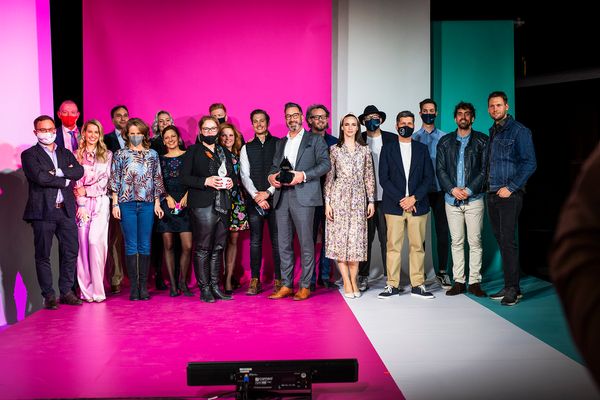Hungarian non-profit organizations in need of a new visual identity or of refreshing their existing brand identity have until March 9 to apply to the call announced by MOME Movement. In addition to helping these organizations, the initiative launched by the graphic designers of Moholy-Nagy University of Art and Design also has an educative function. We asked project manager/co-founder Márk Weiszer about the program.
When it comes to branding, the issue of visual communication, that is, what kind of logo or colors we should opt for, how to make our brand loveable and what kind of visual tools we should put to use so that the consumer will vote confidence to our product usually comes up already in the very early phases of planning. Questions like these come up in the minds of most entrepreneurs when launching their company. It doesn’t make a difference whether it is a large or micro business we are talking about: the importance of visual communication is undebatable, no matter the size. A company with an international focus, a one-person design brand and a primary producer manufacturing hand-crafted items all need the same: an authentic and well-functioning brand identity, with visual elements allowing the given business to authentically communicate their own qualities, and which distinguishes the brand from the other similar players of the market.
And what about charitable organizations? With the foundations and associations for whom branding would be equally important, if not more important than for market players, but whom, in the absence of strategic planning or a sound financial background, cannot dedicate sufficient attention to it? This is where MOME Movement comes into the picture.

In 2019 and 2020, the graphic designers and students from other departments participating in the initiative worked on developing the visual communication of an organization in pairs. Out of the organizations that applied for the call, the students could make a list of preferred institutions themselves, out of which they could pick the one with which they could envision a fruitful cooperation, with the help of professional partners. Because the project is not only about offering the graphic designers’ help to winning applicants free of charge: the design process takes place in close collaboration with the members of the organization.
Márk Weiszer, the project manager and co-founder of MOME Movement emphasize the very same thing in relation to the project: this is a great opportunity for the graphic design students to prove their professional skills in lifelike situations, but, at the same time, the representatives of foundations can also learn how and in what ways they should be working with one or more graphic designers. Thus, in addition to helping, MOME Movement also conveys the added value of the graphic design profession, i.e. it also plays an educative role: it opens the eyes of ordinary users about the importance of having a unified visual communication as an organization.
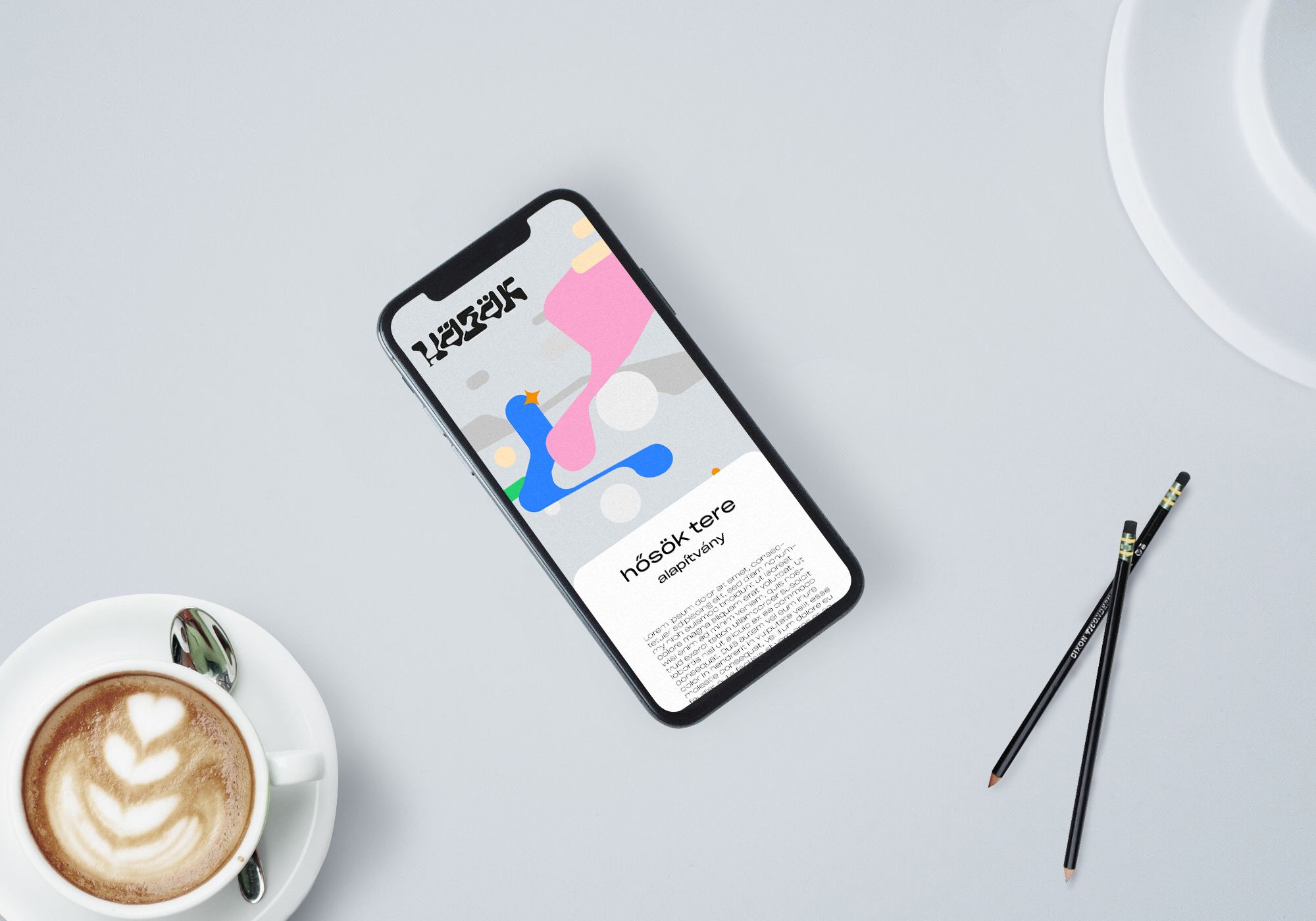
The young graphic designers offer their services tailored to the needs of the given organization: there are times when they need a brand new corporate design while at other times they have to freshen up the existing graphic elements. In this case, by corporate design we mean the organizations’s business card, logo and letterheads—this may seem too little, but due to the limited time available for the projects, this is the solid foundation that the students can guarantee to complete. The time dedicated to designing is, in fact, a university semester in this case, consisting of approximately three months—during such time, the graphic designers consult the chosen organization as well as the professional crew of the MOME Movement course on a continuous basis.
In this year’s spring semester, the Movement course was announced as an optional course for MOME students, and it filled up in record time. A further novelty compared to previous courses is that in this spring semester, students will work in groups of three: the groups will include first-year and second-year graphic designers and a design manager or design culture student as a third member.
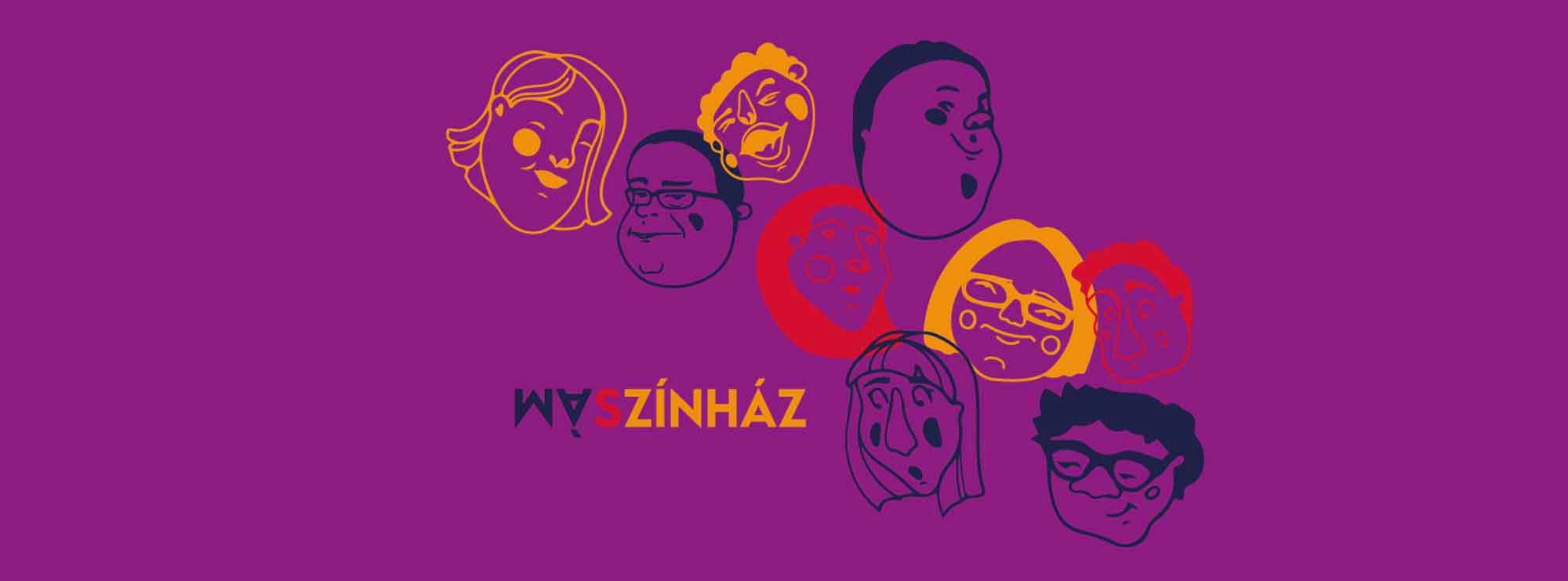
Even though the MOME Movement started out as a self-organized group of enthusiastic graphic design students, it continuously improves and keeps moving forward slowly but steadily. “The intuitive start has been replaced by a much more pragmatic approach by now: we see that the initiative is very popular, and so we have to establish a well-functioning structure to meet these needs, where the students and the selected organizations can both enjoy the benefits of the program.” This is also illustrated by the inclusion of students from other departments: a design manager can be responsible for both optimizing the processes within the group and for developing common understanding and a fruitful dialogue between the chosen organization and the graphic designers.
This way, MOME Movement helps the non-profit organizations experience and capitalize the kind of added value graphic design can provide to them, as the image a foundation dedicated to good causes represents does make a difference: if the content is important, they must be able to convey it to the audience in an appropriate format. And of course they must be able to stand out from the crowd—and to do this, they have to grab people’s attention so that when they have to decide to whom to give the 1% of their taxes, they see a good cause with a good visual identity.
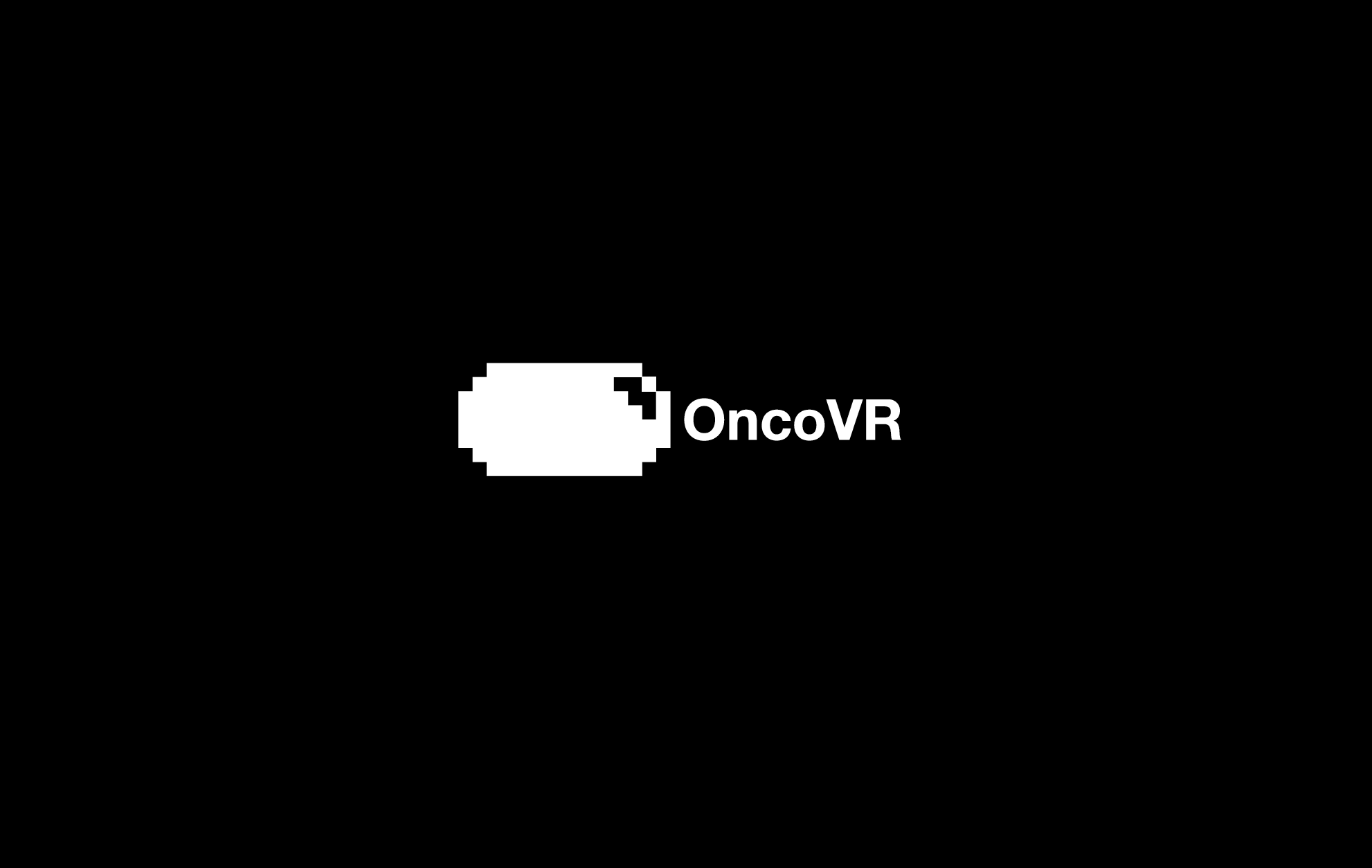
Organizations have until March 9 12:00 a.m. to apply to MOME Movement. The detailed call can be read on MOME’s website.
We’ll keep you posted about the call, the selected organizations and the completed projects, so stay tuned!
MOME Movement | Facebook

Immersing in the power of nature | 55Architekci
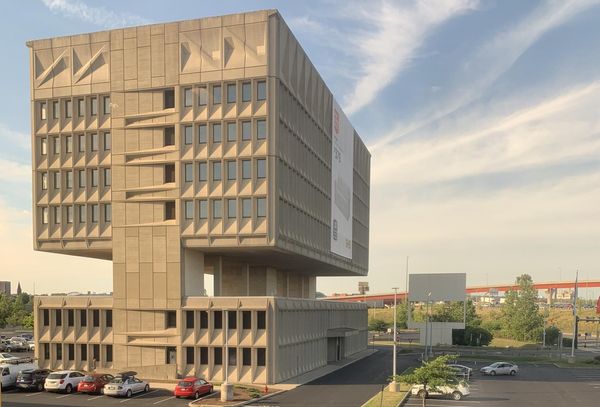
Marcel Breuer's brutalist building is being transformed into a hotel
